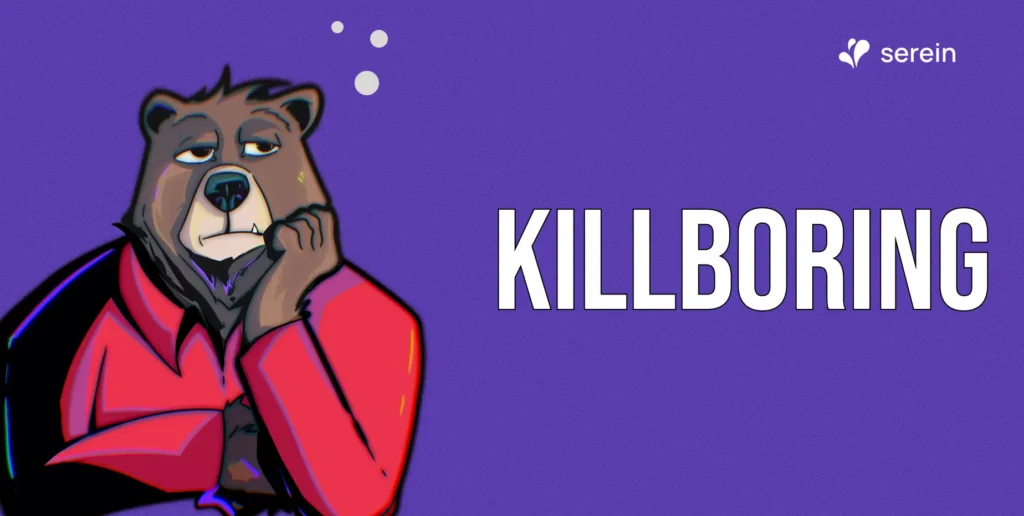Employing diverse generations
Managing the generational diversity in the workplace poses it’s own challenges in the present remote working scenario. For companies to fully unlock the potential of a generationally diverse workforce, it is important to understand what the members of each group values. This understanding will inform how a company can encourage employees to bring their best-self to work.
Companies often employ people from up to four different generations at a time. Leadership recognises that employing a team that spans multiple generations can offer unique perspectives to a company’s service/product. Research shows that organisations that proactively embrace these differences are better equipped to respond to today’s disruptive economy.
Quirks of different generations
My father started using Zoom to conduct his team meetings after the lockdown in March. This was his first encounter with workplace virtual calls. He belongs to what is labelled as Generation X and it’s no surprise that each generation has their own unique style and traits. When he first started working virtually, I noticed how impatient he would get if the video call was disconnected, voice began breaking, network issues or when he struggled to understand how to switch on/off the microphone.
I noticed when he started speaking over the virtual call, he would shout at the top of his voice (although he generally speaks aloud) because he assumed no one could hear him through the video call if he lowered his volume. He would not move from his place even a little bit during the calls as he assumed it might affect the connectivity of the call. These little nuances signalled his discomfort with communicating on this new technology.
Interestingly, since his first meeting in March, I have seen him become better and better at these virtual meetings and now he even seems to enjoy it and has come to appreciate and value the reachability of the digital sphere.
Different types of generations
In this three-part blog series we explore the value and work ethic of the generations below.
- The Silent Generation (born from 1928 to 1945)
- Baby Boomers (1945-1964)
- Generation X (born from 1965-1980)
- The Millennials (1981-1995)
- Generation Z (1996-2010)
- Generation Alpha (children of millennials born after 2010)
What motivates them?
How do they understand work-life balance, choice of career?
What forms of communication do they prefer?
We will also explore some of the best practices for leaders to engage and manage generational diversity at the workplace.
Reach out to us at hello@serein.inc to tap into more information on how to build a multi-generational workforce.


